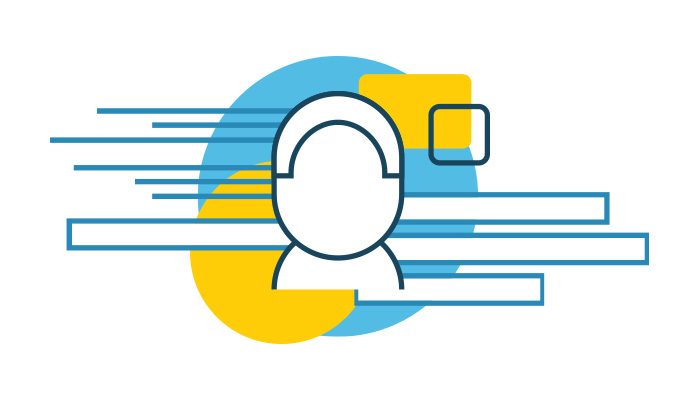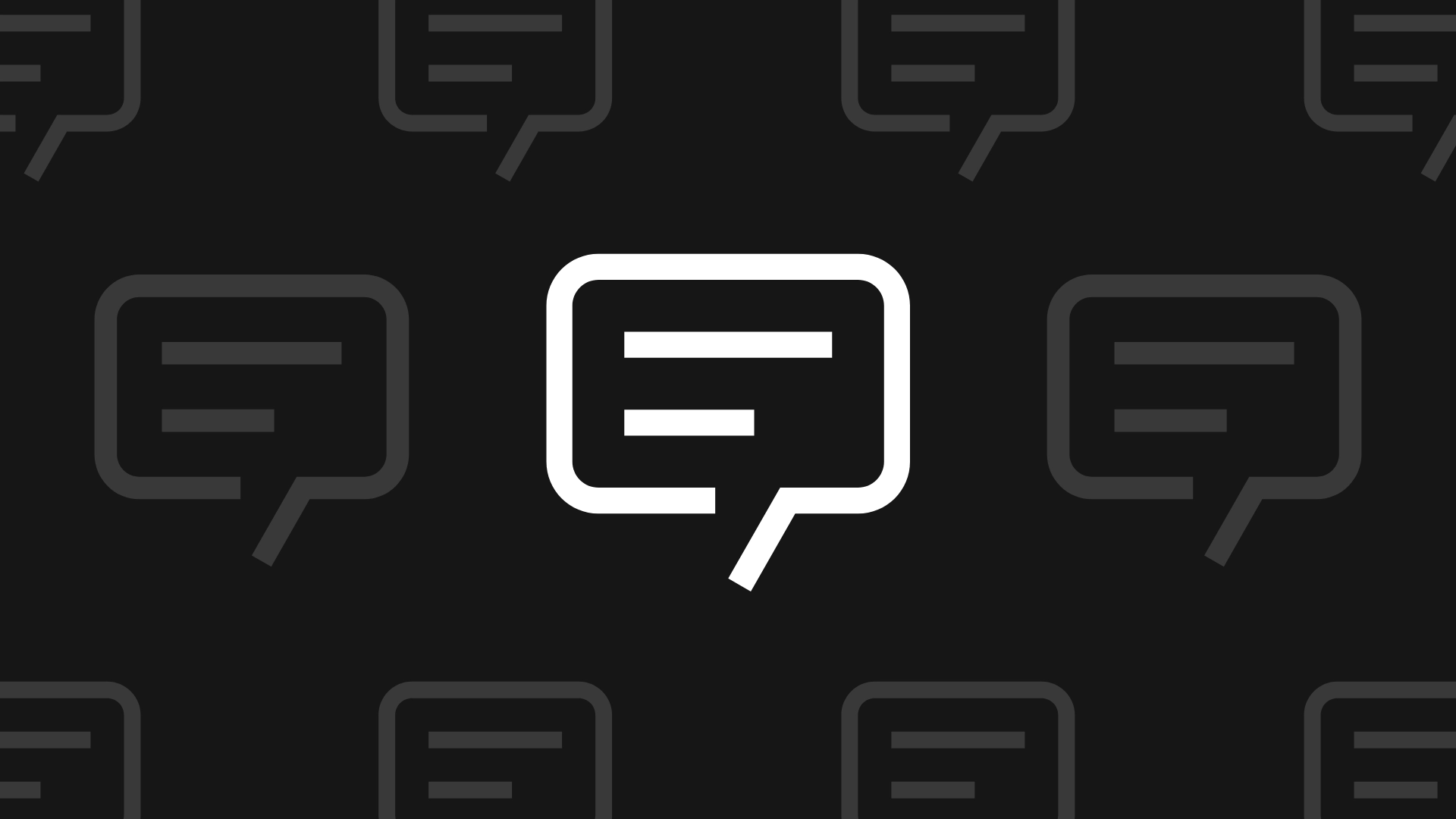Full disclosure: I don’t create user personas. But that’s exactly why you should read this. Because I’m a person who uses them, and that makes me even more equipped to tell you what works.
Experts may know how to create personas, but the people who use them know when they really work.
First, what is a user persona?
A user persona is a representation of a hypothesized person with whom you’re trying to connect, often a customer or user of an organization’s products and services. Personas are created from a variety of sources: interviews with real customers, conversations with people who interact with those customers, and research. They are communicated through descriptions that include behavior patterns, goals, skills, attitudes, and the environment, with a few fictional personal details to make the persona feel like a real human. These descriptions help designers, marketers, developers, and strategists create user-centered products and messaging.
Now, on to the tips.
Have people with different perspectives contribute their story.
Think holistically about what information different resources can bring to the personas. The users themselves have one very subjective perspective about how they think and feel. But there are other ways to flesh out details. Sales may be able to tell you what gets them to make decisions. Marketing might be able to tell you what kind of information they are most interested in on the website or blog based on analytics and data. Customer support may be able to reveal common pain points or frustrations. And account directors may be able to tell you about the big questions or conversations that clients are thinking about.
Each of these perspectives contributes valuable information. Humans are terrible at self-reporting, even when the stakes are low, so spread out the inputs.
Focus on psychographics as well as demographics.
Demographics tell you who your user is, psychographics tell you why and how they operate. A psychographic profile includes things like fears, habits, motivations, and values. These aspects round out the persona and differentiate them from others who may be in the same demographic.
Take the following demographics:
Male (identifies as man/he/him), 30-35, works 60+ hours per week, married with small child, enjoys sports
Now, here are two different sets of psychographics based on the same demographics:
Cory
- Very ambitious and power hungry
- Associates position in company with personal success (or failure)
- Favors personal time over family time
- Values networking and believes word of mouth and personal connections are the path to promotion
Mark
- Protects weekends and family time; loves playing ball with his son
- Hard worker who keeps his word
- Separates work and home life
- Wants to provide well for his family
You can easily see how Cory and Mark would have different motivations for purchasing, clicking, reading, or acting on information.
One great way to dig into the deeper aspects of a persona is to ask what they think, feel, do, and say throughout the day. They are often in conflict (think: I am committed to better health; do: eats 3 fun-size candy bars out the candy drawer), but hey, they’re human just like us!
Name them, and refer to them by name when you’re talking about them.
Your personas should be like old friends, so never call them “personas.” The more you integrate them into your actions and thinking as you would a real person, the more likely you are to really absorb their needs, wants, fears, and more. When I read an article, I sometimes think, “What would Diane think of this? Would it freak her out to know that beacon technology is radically affecting commerce experiences and we don’t yet know all the security implications?” (Diane is, clearly, one of our personas…er…friends).
Communicate them in a variety of ways.
There isn’t one right way to communicate all your persona information. In fact, there shouldn’t be one way at all. If you really want your persona friends to sink in and become a part of your team fabric, represent them in different ways. Use illustrations, diary entries, spreadsheets, awards, reading piles, and social network feeds.
All people are multi-faceted and the more personas reflect that humanness, the better.
Make sure user personas evolve.
There is no “set it and forget it” to personas. People change, they bring new experiences and knowledge to their work. Personas are no different. What conferences do your personas attend? What would they learn there? How would that change or grow the characteristics you’ve already laid out? Review your personas every year. Something has to change in that year for that person — bring those changes into your understanding of them.
That’s my advice, from one user to another. What tips do you have for effective and adoptable user personas?




